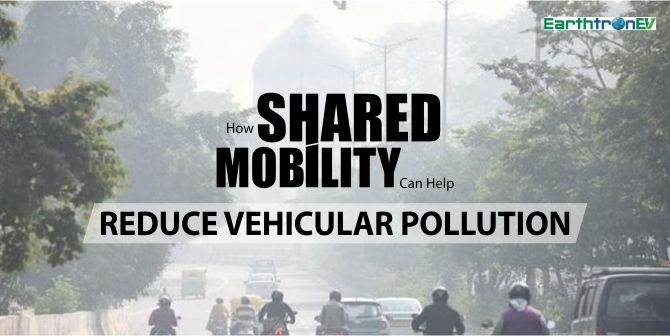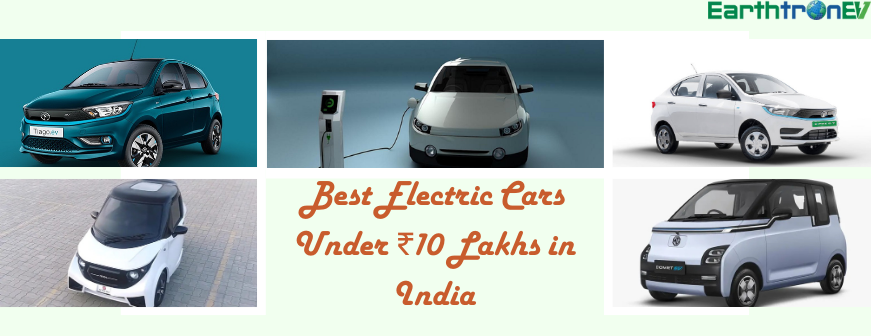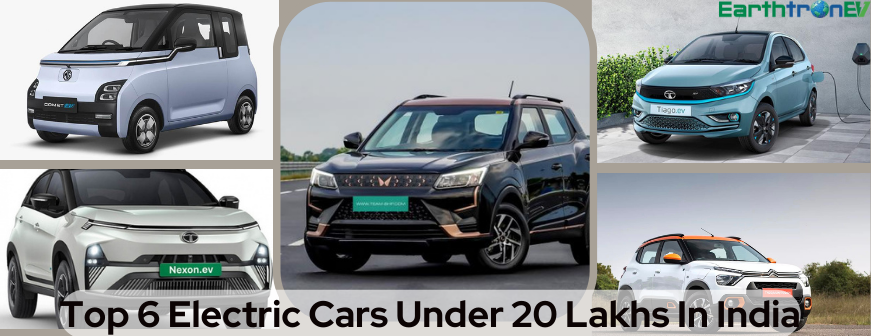Are you tired of sitting in traffic for hours, breathing in toxic fumes from the vehicles around you? Look no further! Shared mobility is here to save the day. In this comprehensive guide, we dive into how shared mobility can help reduce vehicular pollution and provide a cleaner, more efficient way for people to travel.
Introduction to Vehicular Pollution
It is responsible for a significant portion of the emissions that contribute to global warming, and it also contributes to smog, acid rain, and other forms of air pollution.
Shared mobility options like ride-hailing and car-sharing can help reduce the number of vehicles on the road and, thus, reduce emissions.
When you use these services, you don’t need to own or operate a vehicle, which reduces the number of cars on the road. In addition, ride-hailing services are often more efficient than private car ownership because they match riders with drivers who are going in the same direction. This means fewer empty seats in cars, resulting in fewer emissions per passenger mile.
Car-sharing services like Zipcar provide another alternative to private car ownership. Car-sharing allows you to rent a car by the hour or day, which can be more convenient and affordable than owning a car.
Ride-hailing and car-sharing can help reduce vehicular pollution by providing alternatives to private car ownership. When more people use these shared mobility options, there
The Pros and Cons of Shared Mobility for Reducing Pollution
Shared mobility has been touted to reduce vehicular pollution, and this approach has pros and cons. On the downside, shared mobility can be less reliable than private transportation options, and it can also be more expensive.
Types of Shared Mobility Options available
Car sharing is when a group of people share ownership of a car. This can be done through a traditional car rental service or a newer peer-to-peer car-sharing service. This can be done informally between friends or through a rideshare program like Uber or Lyft. Bike sharing is using a shared bicycle instead of driving a car.
By using shared mobility options, we can all do our part to reduce vehicular pollution and help make the world cleaner!
Factors Affecting the Adoption of Shared Mobility Services
Many factors can affect the adoption of shared mobility services, including but not limited to:
- The level of interest/demand for such services in a given area
- The availability of shared mobility services in a given area
- The cost of shared mobility services compared to other transportation options
- The perceived safety and reliability of shared mobility services
- The distance that needs to be traveled using shared mobility services
Assuming sufficient interest and demand for shared mobility services in a given area, availability is another key factor that can affect adoption rates. If there are few or no shared mobility options available, people are less likely to use them, even if they are interested. Similarly, if the cost of shared mobility services is significantly higher than other transportation options, people may be reluctant to use them.
Regarding safety and reliability, if people perceive shared mobility services to be unsafe or unreliable, they are less likely to use them. This is why it is essential for providers of such services to ensure that their vehicles and drivers meet all safety standards and that their service is reliable.
The distance that needs to be traveled using shared mobility services can also affect adoption rates. If the space is too great, people may feel it is not worth the hassle or may need more time to wait for a ride.
Benefits of Reduced Vehicular Pollution from Shared Mobility Services
There are many benefits of reduced vehicular pollution from shared mobility services. Additionally, it can reduce traffic congestion and save people time and money.
Air quality and public health: Air pollution is a leading environmental health risk worldwide, and reducing vehicular pollution is a key way to improve air quality. Shared mobility services can provide an alternative to private car ownership and use, resulting in fewer cars on the road and fewer emissions.
Time and money savings: Private car ownership comes with many costs, including insurance, maintenance, repairs, fuel, and parking fees. Additionally, shared mobility services can save people time by eliminating the need to search for parking or wait in traffic.
Strategies to Disseminate Information about Shared Mobility Solutions
There are various ways to disseminate information about shared mobility solutions to help reduce vehicular pollution.
- Create a fact sheet or flyer that outlines the benefits of shared mobility solutions and how they can help reduce vehicular pollution. Distribute this fact sheet or booklet at community events or through local businesses.
- Develop a social media campaign around shared mobility solutions and their ability to reduce vehicular pollution. Use hashtags, infographics, and videos to raise awareness and get people talking about shared mobility solutions.
- Speak with local leaders and decision-makers about implementing shared mobility solutions in your community. Share data and research with them that demonstrates the positive environmental impacts of shared mobility solutions.
- Work with businesses in your community to promote the use of shared mobility solutions among employees and customers.
- Write blog posts or articles about shared mobility solutions and how they can help reduce vehicular pollution.
Why Choose Us?
As we have seen, shared mobility can be a powerful tool for reducing vehicular pollution. By offering multiple transportation options to those who need them, including car and bike sharing services, public transportation networks, and rideshare programs like Uber and Lyft, cities can reduce the number of cars on the road while still providing citizens with convenient ways to get around.
Furthermore, by investing in alternative energy sources such as electric vehicles and renewable energy systems like solar panels or wind turbines that power shared vehicles, cities can further reduce their carbon emissions. With these measures in place, it is possible for cities around the world to become more sustainable places where green initiatives are not only embraced but encouraged.






